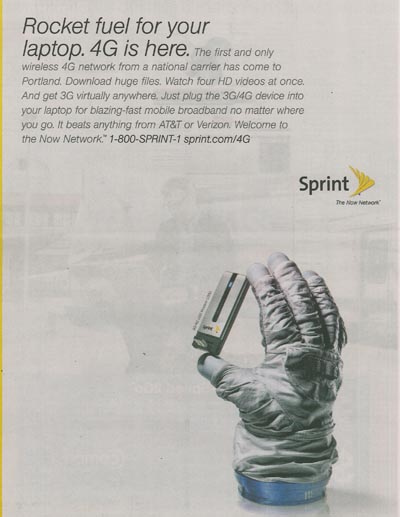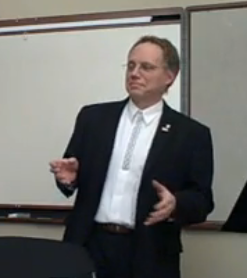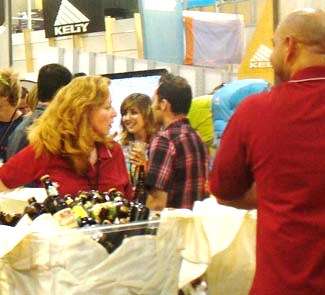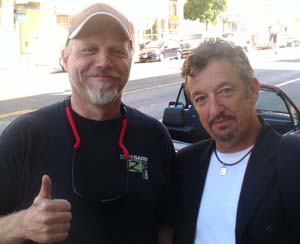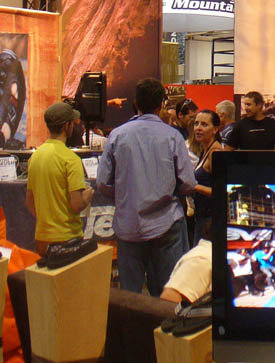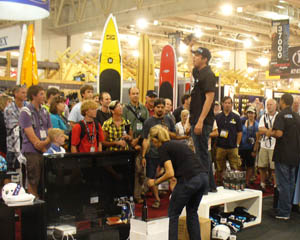What’s in a Name? The Quandary of Marketing “3G”
Let’s be up front. I don’t own an iPhone. I don’t have a cell phone with 3G networking (at least I don’t think I do).
And yet I see advertisements every day on TV that hawk the ‘fastest 3G’ networks out there, etc. As if it’s supposed to mean something to me.
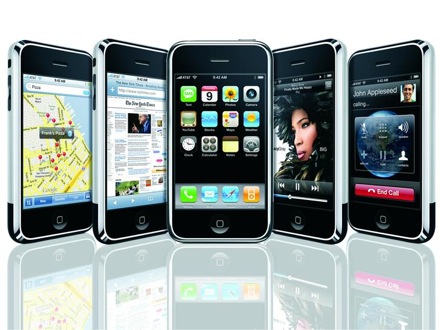
Look, I think I’m a typical electronics and IT consumer. I am online for hours a day, both business and home. I spent too much time on Facebook and Twitter. I check into LinkedIn now and then. I cruise my favorite websites, such as CNN.com and ESPN.com daily. I subscribe to way too many e-mail newsletters. So I know the Internet pretty well.
But I get confused and confounded when I see ads from AT&T or Verizon or whoever touting their latest ‘3G’ networks.
I don’t have a clue what they’re talking about.
I can make some presumptions, though. Perhaps it’s a new way for cell phones to work faster? No? How about getting online with an iPhone or Blackberry? Am I getting closer?
I think I’m on the right track, but it still doesn’t answer the question: Why are these companies presuming their customer even know what they’re referring to?
Hey, let’s go Googling!
Searching for ‘3G network’ the first listing (under the sponsored links which must have cost thousand of dollars, right?) is a Wikipedia page:
Let me quote a couple of sentences: “International Mobile Telecommunications-2000 (IMT-2000), better known as 3G or 3rd Generation, is a family of standards for mobile telecommunications defined by the International Telecommunication Union,[1] which includes GSM EDGE, UMTS, and CDMA2000 as well as DECT and WiMAX. Services include wide-area wireless voice telephone, video calls, and wireless data, all in a mobile environment. Compared to 2G and 2.5G services, 3G allows simultaneous use of speech and data services and higher data rates…” blah-de-blah…
So I’m right. I guess.
I was camping with a friend over the weekend. She delighted in showing me her new iPhone ($99!) and all the things it could do. Her take on 3G? “I think it means Third Generation,” she said, “but Third Generation of what I don’t know.” I guess it just means faster.
To my mind, the phone companies hawking the 3G network capabilities are making a giant leap. Whether it’s a leap of faith or a leap of confusion I’m not sure. No doubt this has been discussed at the highest levels of advertising agencies and the phone companies selling the technology.
But doesn’t it seem like the same thing when we used to see ads comparing the online dial-speeds: “14.4 MBS vs 28.8 MBS vs. 56.6 MBS…” and we just assumed that – even without know what the hell they were referring to – the bigger the number, the better?
Perhaps that’s the answer. The ad agencies and phone companies just keep throwing confusing terminology at us, assuming that we’ll at least grok the essence of what they’re saying: 3G is good! 4G is better! Well, whenever 4G arrives, which it must! Right? As one follows two…
Still, I can’t help but think that they should do a bit of explaining. What is 3G and why is it so cool? Why would you want it? What benefits does it give you? I mean, more than just ‘fast.’
But then again, maybe that’s the only thing that matters. We see “3G: Faster!” And that’s all we need. Gotta have it!
Are you making assumptions with your marketing? Does your audience understand? Or do they just need to know that it’s faster, better, higher, brighter?
It reminds me of the old story about how one ad agency – several decades ago – took an everyday consumer item – beer – and by describing it in great detail to their audience, managed to catapult themselves into holding the lion’s share of the market. But it’s just beer! Right, but when you tell your audience how you do what you do, and what the reason is, and what it means to the end user, you position yourself against the competition.
I don’t see this happening with the positioning for 3G networking. It’s all the same. No specifics.
I don’t know the answer. I’m just asking the question.
However, I’m nearly convinced I should get an iPhone if I can find one for $99. Pretty cool stuff.
UPDATE: I was thumbing through the latest edition of Portland’s Business Journal and ran across an ad for the new ‘4G’ network. Hey, I thought I was just making it up…
